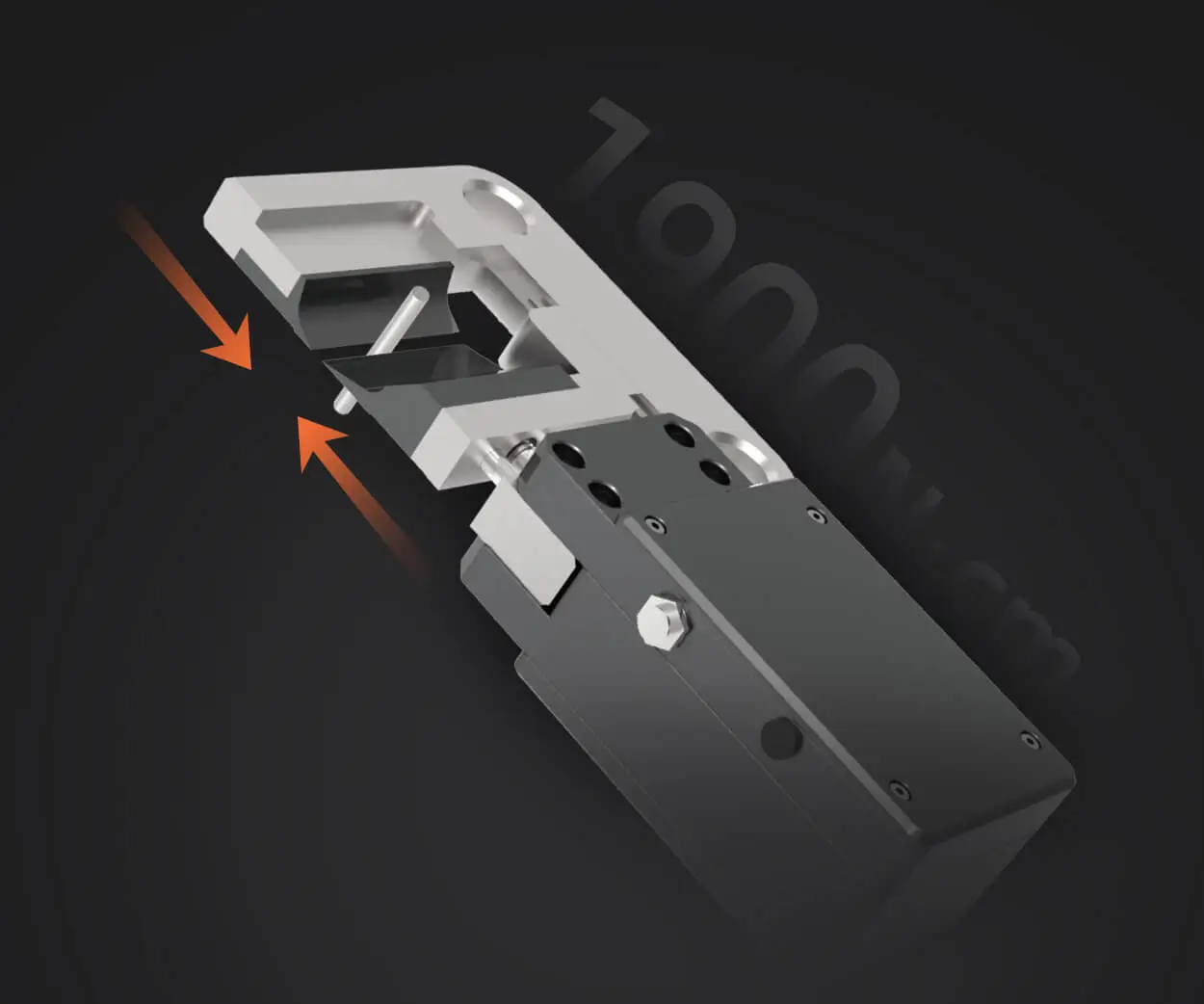Unlocking the Secrets of the Micro Servo 9g SG90 Pinout: Your Complete Guide
If you’ve ever delved into robotics, RC hobbies, or DIY electronics, chances are you’ve encountered the humble yet versatile micro servo — particularly the famed SG90 9g servo. Compact, affordable, and surprisingly powerful for its size, the SG90 has become a staple in many small-scale projects. But behind its miniature exterior lies a simple yet crucial component: its pinout. Understanding the pin configuration is essential for seamless integration, reliable operation, and troubleshooting.

In this guide, we’ll explore the ins and outs of the SG90 9g servo pinout, unravel how to connect it properly, and provide you with tips to ensure your projects run smoothly. Whether you’re a novice just starting out or a seasoned maker refining your setup, clarity about the servo’s wiring is key.
What Is a Micro Servo 9g SG90?
Before diving into the pinout, let’s briefly revisit what a 9g SG90 micro servo is. Spanning roughly 22mm x 12mm x 29mm, the SG90 is renowned for its lightweight design—hence the 9 grams of weight—that makes it particularly suitable for small robots, drones, and other compact automation systems.
Despite its size, it can rotate approximately 180 degrees and provide sufficient torque for many lightweight tasks, typically around 1.2 kg/cm at 4.8V. Its affordability and ease of use have made it a favorite among hobbyists and educators alike.
Breaking Down the Components and Features
The SG90’s design incorporates an internal gear mechanism, a small motor, and a control circuit. It’s generally powered via a standard PWM (Pulse Width Modulation) signal, which determines the position of the servo arm. The control circuitry interprets the PWM signals and adjusts the motor’s position accordingly.
Understanding the pinout—the layout of the wires and connectors—is vital. Most SG90 servos come with a three-pin connector, facilitating easy connection to microcontrollers, such as Arduino, Raspberry Pi, or other control boards.
The Common Pinout: Overview
The typical SG90 servo pinout consists of three leads:
Power (+V or VCC) Ground (GND) Signal (PWM control)
These are color-coded in many models: red for power, brown or black for ground, and orange or yellow for the signal. However, always verify with your specific product’s datasheet or markings, as color schemes can sometimes vary.
Pin-by-Pin Analysis
Let’s examine each pin in detail:
VCC (Power): This pin supplies the voltage needed for the servo to operate, typically 4.8 to 6V DC. Supplying an incorrect voltage can damage the servo or impair its function.
GND (Ground): This is the reference point for the circuit, completing the electrical loop. Proper grounding ensures signal integrity and prevents noise.
Signal (PWM Control): The critical pin that receives the pulse signals controlling the servo’s position. PWM signals are usually generated by microcontrollers or remote control systems.
Why the Pinout Matters
Knowing the exact pinout is not merely academic; it’s central to wiring your servo correctly. Incorrect connections can lead to erratic movements, no movement at all, or even permanent damage. When connecting your SG90 to a microcontroller, adherence to the pinout ensures reliable performance and safety.
Typical Wiring Example
Imagine you’re integrating an SG90 with an Arduino Uno. Here’s how you’d typically wire it:
Connect the red wire to the Arduino’s 5V pin (VCC) Connect the brown/black wire to GND Connect the orange/yellow wire to a PWM-capable digital pin, such as D9
This straightforward setup demonstrates the simplicity of the SG90 wiring, but always double-check your model and actual pin markings.
Voltage Compatibility and Power Supply Tips
While the servo generally operates between 4.8V and 6V, some hobbyists use a stable external power supply to avoid drawing too much current from the microcontroller’s power pin. Remember, powering multiple servos from a single source requires careful planning to prevent voltage dips and ensure your servo receives enough current.
Understanding the Internal Wiring
The SG90’s internal setup includes a small motor, gear train, potentiometer for position feedback, and the control circuit. The three wires connect directly to the motor driver stage within the servo. As a command signal is received, the internal circuitry adjusts the motor’s position based on the PWM pulse width.
How to Test Your Servo’s Pinout
Before integrating complex systems, it’s wise to test your servo. Use a simple servo tester or an Arduino sketch that sends servo commands. Confirm that applying power and PWM signal to the correct pins results in the expected movement. If the servo doesn’t move, revisit your wiring, checking pin orientation and connections.
Tips for Safe and Reliable Operation
Always power your servo from a stable power source matching its voltage requirements. Avoid connecting the servo directly to high-current power rails that might cause noise or voltage sag. Use a common ground when powering the servo and microcontroller. Include a small capacitor (like 100uF) across the power and ground terminals to help smooth out power fluctuations.
This foundational understanding of the SG90 9g servo pinout equips you to incorporate it into your projects confidently. But perhaps you’re eager to go beyond the basics, exploring troubleshooting and advanced wiring? Stay tuned for the next installment, where we’ll delve into common issues, custom wiring solutions, and optimizing performance.
Kpower has delivered professional drive system solutions to over 500 enterprise clients globally with products covering various fields such as Smart Home Systems, Automatic Electronics, Robotics, Precision Agriculture, Drones, and Industrial Automation.




































